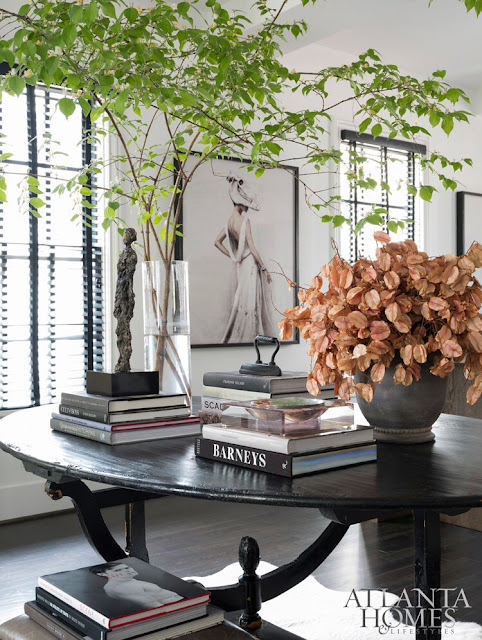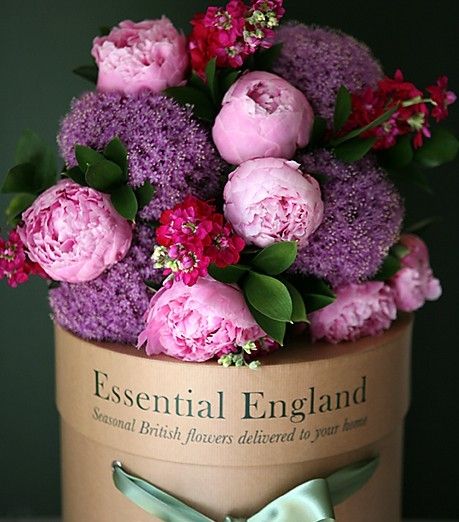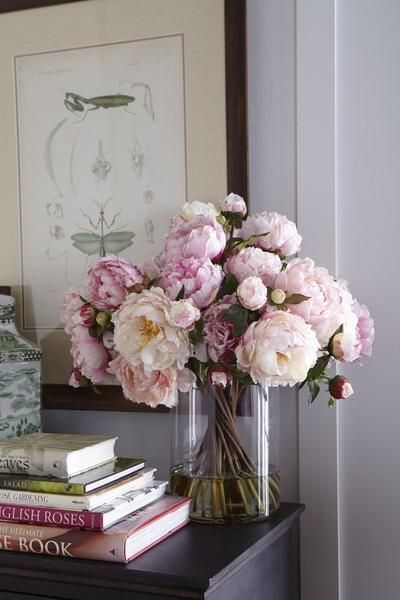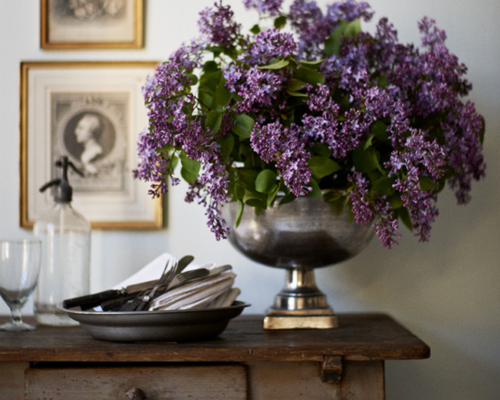Design Help, Wellness and a Little Woo Woo
joy of nesting
Wellness Design is a thing! Your home is one of your most important assets. You need it to be not only attractive and comfortable but also, supportive of the healthy lifestyle you want to lead! Get some design help, wellness and a little woo woo for your own home with my at-a-glance Wellness Design Tips below.
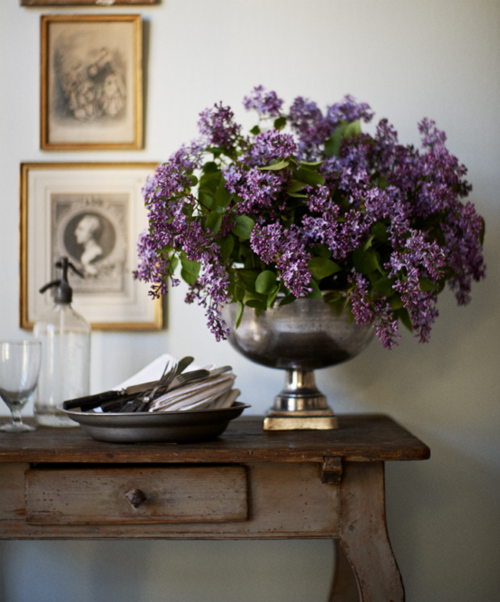
A bright, well-planned kitchen for prepping healthy meals; a bedroom designed as the perfect respite; a beautiful, comfy common area or two for reconnecting with yourself (and your loved ones!); inspiring spaces for your workouts; and color schemes that soothe and refresh you. Making your home ‘wellness driven’ or ‘user friendly’ doesn’t mean you have to give up the aesthetics you want either. Quite the contrary!
In fact, how your home looks is actually super important.
When Wellness and Design Collide
Maybe it’s a new concept to you but wellness design is an actual ‘thing’. You certainly know what interior design is, what’s Wellness Design? Wellness Design is a fairly new concept that was first conceptualized by architects, designers and builders in an attempt to create building standards that protect you from the hazards of toxic building materials like asbestos and formaldehyde.
But there are other facets to Wellness Design too. It’s a proven fact that your home has the ability to elevate your mood, and energize or relax you but most importantly it can inspire you to live a healthier, happier, more balanced life at home. Unfortunately, if your home is dragging you under instead of supporting you, it can have the exact opposite effect. Let’s get you some real results post haste so you can get moving on your home today.
I’ve got you covered in this week’s article.
Colors for Wellness Design
Color is a powerful design tool and one of the easiest ways to engender feelings or emotions in your home. But reaction to color is highly subjective and each color comes with its own attributes and/or stigmas attached. For instance, yellow can feel sunny and cheerful for some people and signify cowardice for others. Pink is a pretty, feminine color that some love and other’s find cloying.
When you create spaces with health and well-being in mind, choose cooling, restful colors like cool blues; soft lavenders; pale blue- greens; the palest blushes; and crisp, clean neutrals. Cool colors recede, meaning, like a hairline they “go back” so when your walls are painted in light, cool colors it visually increases the size of the room. It adds depth at the end of a room, hallway or garden path. To give your home a healthy feeling and visually enlarge your spaces, use light, cool colors with minimal color changes and minimal darkness to lightness contrasts meaning keep everything fairly light, even if the colors are different.
Wellness Design in Common Areas
How your rooms flow; how you place furniture; how densely you furnish your home; the amount of natural light it has; the ceiling height; even the dimensions of the doors all add up to the overall feel of your home. A home that’s open with plenty of natural light, natural materials, healing colors and clean lines give your home, and thus, you the feeling of wellness and contentment. When each element is chosen within these perimeters the result will be a home that’s healing to your frayed psyche.
The goal is to create a home where you feel your best, most healthy self: organized, and on top of your game.
If your home needs a new floor plan, Chief Architect Room Planner is super easy to drag and drop and helps you easily visualize your furniture or remodel in 3D. For bigger jobs we use a Chief Architect rendering program. Your furniture layouts should be kept simple and straight forward. Nothing should be put on angles. Not rugs. Not sofas, not fireplaces and not kitchen islands.
Start placing furniture first with a large scaled piece like a large cabinet, at least 72 inches wide if you can. This acts as storage for entertainment equipment and also as an excellent visual anchor for the rest of the room. Having an ‘anchor’ piece (like a cabinet or fireplace) as I like to call them, and knowing where to place them will later simplify building the rest of your layout around it. I also prefer to plan the living room around an entrance facing sofa whenever possible.
Next identify any door-to-door traffic patterns (most living rooms have more than one doorway). Always keep traffic patterns clear of furniture and cords. Remember don’t get creative with furniture layouts. Save the creativity for your furniture styles, fabrics, rugs and accessories.
Choose sofas under 90 inches for small rooms. For large rooms, choose sofas 90 inches and over. Sofa tables and end tables are cumbersome and “busy” next to the sofa. Instead, use the cocktail table as a place to set drinks and save the end tables for between chairs. If lamps are needed next to the sofa use beautiful, swing arm lamps. They come in a variety of metals like shiny nickel and brushed brass.
Too much furniture is just as disconcerting as too little. Too much looks silly and too little feels impersonal. For the average size living room you need a 110 inch sectional or one to two 90 inch sofas, two 34 inch armchairs, two wood framed accent chairs, one cocktail table, and one to two end tables for between the armchairs. I like to do two armchairs and two open wood framed accent chairs in large living rooms.
Non-Toxic Materials in Wellness Design
Building and remodeling with natural materials throughout your home respects your health and allows you to feel your best when there. Ever been in a room that feels noxious? The wrong flooring or paint will do that. Natural solid, hardwood flooring is one of cleanest and safest options with few caveats. There are many green options for finishing or staining the wood, and a few less toxic glue options for sensitive types. Other great “wellness minded” flooring choices are tile and natural stone, though they are hard surfaces to stand on. Bamboo and some linoleum and some carpet options are more comfortable options but not as ecofriendly.
The Wellness Home at a Glance
Soothing colors and comforting textures
Supports healthier eating habits
Provides space for exercise and down time
Nature via enlarged window space
Fresh flowers and plants in the home
Features for a better night’s sleep like room darkening curtains
Better air quality and ventilation
Non-toxic building materials such as bamboo flooring, low voc paint and wool carpet
Supportive spaces for child and adult care such as assisted bathing, dressing and feeding
Water filtration systems
Luxury bath designs and features
Accessibility/having certain items within reach in the kitchen
Functionality such as space planning, rocker style light switches, lever doorknobs, touchless kitchen faucets or single-handed faucets
Safety such as textured flooring and even, consistent flooring transitions
Bringing joy home via mementos from travels, heirlooms, gifts from loved ones, artwork, books and things you personally find to be beautiful and useful
Kitchen amenities like pull out drawers or hydraulic pop-up drawers to keep counter appliances out of sight, walk in pantries, and swing out corner cabinets; stream lined or low-profile cabinet and appliance fronts
Zones for specific tasks and number of cooks
Smart refrigerators with built in family hubs; food inventory capability; smart faucets that automatically gauge water temperature
Anti-bacterial surfaces like quartz counter tops. Wood and many stone counters harbor bacteria, germs, fungus and mold
Grab Your Free Download
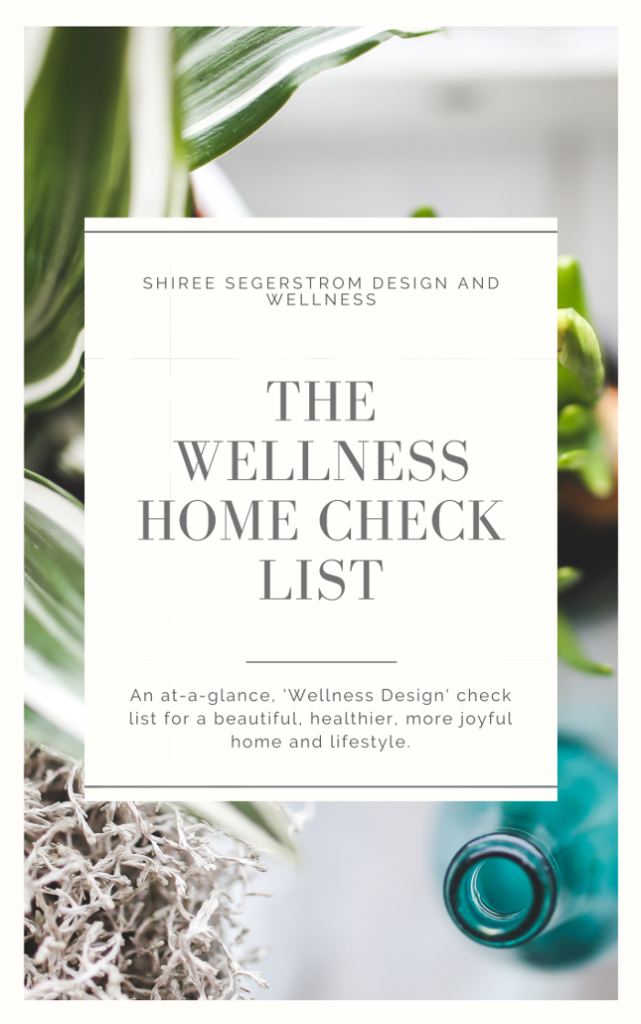
Thank you for stopping by Joy of Nesting today!
Wellness Design is a vast topic, but understanding it is easy with my sweet little download, the Wellness Home Check List ! This check list gives you quick, at-a-glance details on the many aspects of wellness design for when you’re ready to remodel your kitchen, primary bath, replace flooring, increase window space and more.
Here’s that link again. Bye for now!
Bye for now, Shiree
For more on Wellness Design check out my post, “Bringing Beauty, Comfort and Joy into Your Home”!

